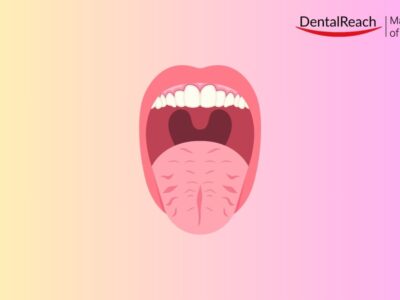Dentistry is often associated with significant amount of mental and physical stress owing to its demanding nature. While physical stress may lead to musculoskeletal disorders, mental stress has been associated with depression and even suicidal attempts in a few instances.
Yoga offers a synergistic effect through less invasive, natural approach which can bring a very positive change in our mind as well as bodies.
What is Yoga?
The word ‘yoga’ is derived from Sanskrit word ― yuz, which is often understood as meaning ‘union’. Including breath control, simple meditation and the adoption of specific bodily postures; it is widely practiced for health and relaxation.
Meditation and pranayama, along with relaxing asanas, can help individuals deal with the emotional aspects as well as chronic pain, reduce anxiety and depression by improving the quality of life perceived.
Dentists and Musculoskeletal Disorders
Since we are working on a very small and sensitive area, a lot of precision is required while performing any clinical procedure.
We tend to work in the same posture for long hours which leads to muscle ischemia. As a result of this, we become vulnerable to pain due to musculoskeletal disorders.
The intensity of this pain can mild discomfort in the back, shoulder and neck region to excruciating pain which can significantly affect our personal as well as professional life.
Yoga in Musculoskeletal Disorders
In a study by Monson, Chismark, Cooper, & Krenik-Matejcek, (2017), practice of biweekly yoga sessions was found beneficial in decreasing musculoskeletal pain in dental students.
Koneru & Tanikonda (2015) observed that work-related musculoskeletal disorders in dental professionals; yoga was more effective than other modes of physical activities such as aerobics, brisk walk, sports, etc, because of its more controlled nature and its positive effect on the psychological stress.
Yoga can help to improve posture and condition the body to prevent injuries and reduce the risk of back, neck, and shoulder pain. The exercises can even be done between patients while waiting for a filling to set or during breaks.
Chair Side Yoga Stretches
- Right and left side neck stretches; extension and forward flexion
- Chest expansion arm stretch
- Wrist bending
- Seated alternate arm raise
Home Yoga Stretches
- Bhujangasana or Cobra pose
- Padmasana or Lotus pose
- Trikonasana or Triangle pose
- Sirshasana or Head stand pose
- Vajrasana or Diamond pose
Conclusion
Physical activity has a significant role to play in musculoskeletal difficulties experienced by the dentists. Yoga is found to be more effective than other modes of physical activities because of its more controlled nature and its positive effect on the psychological stress.
This International Yoga Day, let’s pledge to incorporate a consistent practice of yoga in our daily routine for a better mental as well as physical well being.
Source
- Dr. David Hennington- Webinar (“Yoga Flow for the Dental Pro”) Yoga Journal
- Koneru S, Tanikonda R. Role of yoga and physical activity in work‑related musculoskeletal disorders among dentists. J Int Soc Prevent Community Dent 2015; 5:199-204
- Vinod Kapoor Yoga: A boon for dental professional




















Much needed article in this busy lifestyle. Very good information from variety of sources and studies. Keep going Dr.Zainab. Proud of you!
Thank you so much????